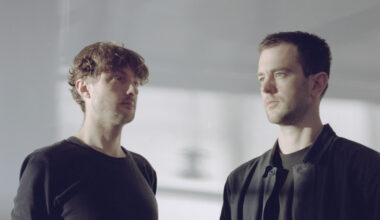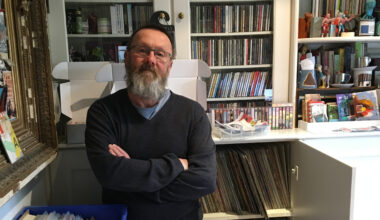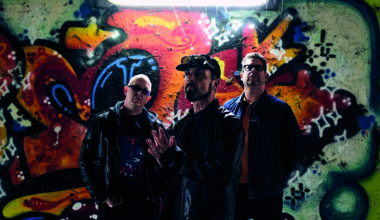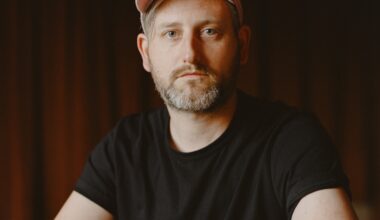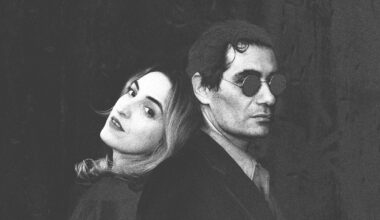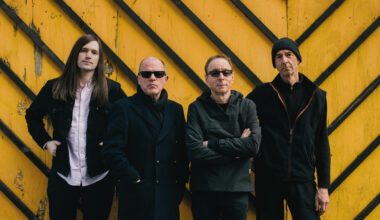Malcolm C Coldwell tells us all about his AM dial-twiddling habit as Conflux Coldwell

Says here that you’re part of the “secretive West Yorkshire collective Urban Exploration”. Tell us more!
We’re not so much deliberately secretive as borderline hermetic! We keep forgetting to show anyone what we’ve done. The new record label, Crooked Acres, is an attempt to rectify that situation.
The record is an audiovisual work “about the gradual death of shortwave radio”. Care to expand?
I’ve been wanting to make an album just using a radio for years. I used to love messing around with my dad’s old radio when I was a kid, finding all the weird sounds, the odd bits of interference between stations. I bought an old radio a couple of years ago with the intention of sampling it, but it’s much harder work than it used to be.
Huge tracks of AM radio have been abandoned for newer methods of broadcast. What’s actually left?
If you’ve got a decent antenna and you know where to look, there’s still stuff to find. You can still pick up stations from all around the globe, and if you’re interested in chasing strange military signals that still operate, there’s a very good website called priyom.org that will get you up and scanning for “numbers stations”.
People of a certain age fondly remember listening to radio stations from far flung places in the dead of night, is that you too?
Oh definitely, nostalgia plays a role in my continued fascination. But I recorded over 100 hours of scanning to make ‘AM’, so I’m having a little break from listening to the radio at the moment.
It’s amazing to think these sounds are just all around us isn’t it?
I have a kind of fantasy where I can see it all in the air. I tried to evoke that in some of my visuals for the project, what would it be like if we could actually see radio waves?
What are all the noises?
There’s all sorts. Various unidentified clicks, pops and beeps, different tones of static, military beacons, morse code, air traffic control, my local asian station, stations from America and Eastern Europe. I could save frequencies using the internal memory and then play the radio like a synth by triggering these presets from the front panel. This is where some of melodies on the album came from – one almost sounds like a Rick Wakeman solo.
How much of the record is noises floating around in the ether?
All the sounds on the album were recorded from the radio, but often I’d loop them or layer a few up to make the tracks. There’s a bit of delay and reverb in places, but my manipulations were surprisingly simple and few, with often surprisingly “musical” results.
It’s mind boggling to think that these “odd scraps of sound” might not have been heard if you didn’t tune in, isn’t it?
I think all this stuff goes largely unheard, because the technology has changed. Even people who still listen to AM radio, in their cars, skip straight to their favourite programmed stations. Only real nerds like me are still sat there with a tuning knob, scanning through the endless noise, looking for gold.
